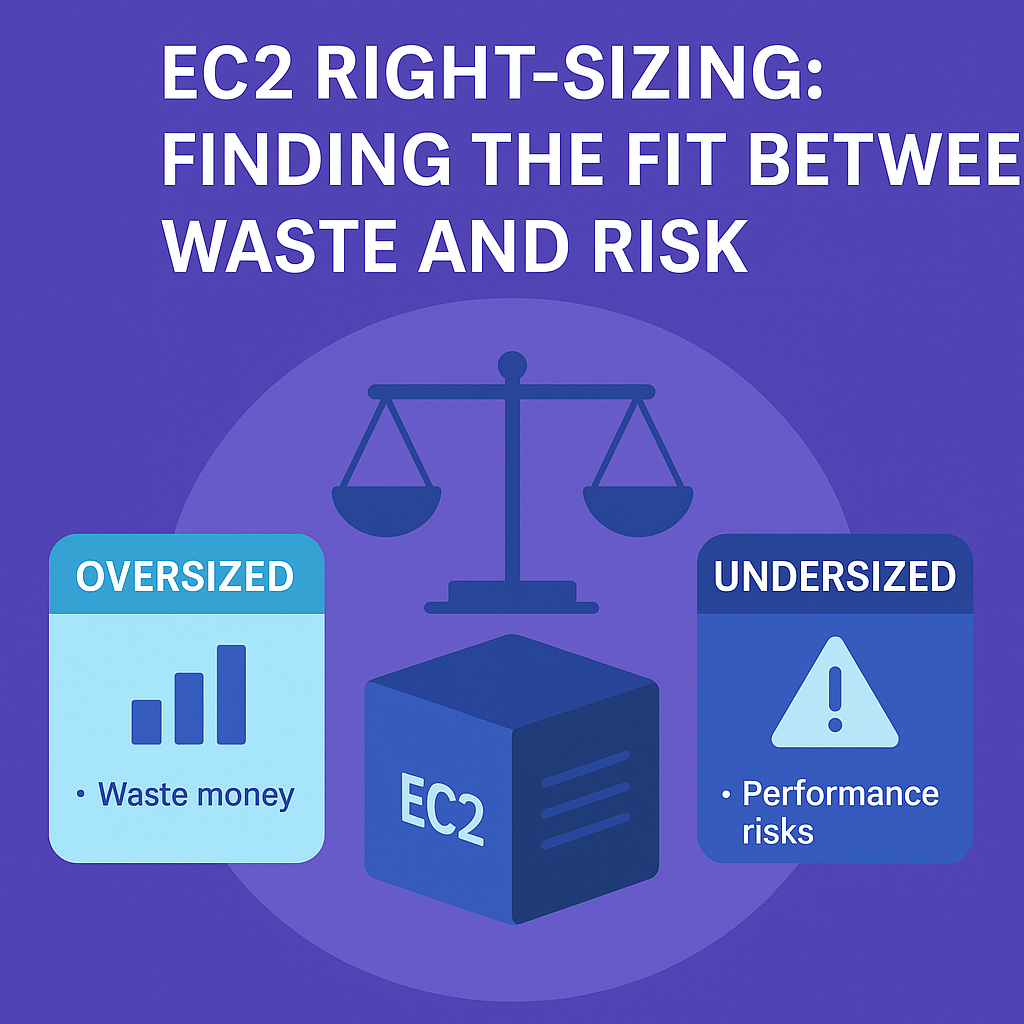Unencrypted EBS Volumes: A Silent Security Risk

Encryption in AWS is easy to enable — but just as easy to overlook. One of the critical checks we perform at Lensix is identifying EBS volumes that are not encrypted at rest.
💡 Why it matters
Your security is at risk with unencrypted EBS volumes:
- Sensitive Data Exposure: If a volume or snapshot is leaked, stolen, or accidentally shared, the data is accessible in plaintext.
- Compliance Risk: Encryption of data at rest is a requirement under nearly every major security standard, including HIPAA, PCI-DSS, SOC 2, and ISO 27001.
- No Default Protection: AWS offers default encryption, but it must be explicitly enabled per region. If you haven't set it, your volumes may be unprotected.
- Snapshots Inherit the Problem: Unencrypted volumes lead to unencrypted snapshots — and any restored volumes from those snapshots will also be unencrypted unless manually overridden.
🧩 How Does It Happen?
There are many ways you can end up with unencrypted volumes:
- Encryption Not Enabled by Default: Many assume AWS encrypts everything by default — but unless you've configured it, new volumes remain unencrypted.
- Legacy Infrastructure: Older volumes created before security policies matured may lack encryption and remain unencrypted unless audited.
- IaC Gaps: Terraform, CloudFormation, or SDK-based automation that doesn't explicitly set Encrypted = true can silently create unencrypted volumes.
- Snapshot Cloning: Creating volumes from old snapshots without updating encryption settings perpetuates the problem.
✅ What to do about it
Audit - Use tools like Lensix or AWS Config to find unencrypted volumes and snapshots.
Snapshot, Encrypt, Restore - Safely Migrate Unencrypted Volumes.
Set Encryption by Default - Enable account-level default encryption in each AWS region.
Update Infrastructure Code - Ensure templates enforce encryption on new volumes.
Consider CMKs - Use Customer Managed Keys if your security team requires rotation, granular auditability, or tighter key controls.
🔁 Alternatives
If you're not ready to update all volumes:
- Start with data volumes rather than root disks. These are more likely to contain sensitive data.
- Phase the migration by tag or workload.
- Use a time-based suppression in Lensix to ensure you follow up.
⚠️ Common caveats
Here are some things to consider before taking action:
- You can't enable encryption in-place: An existing EBS volume cannot be encrypted directly.
- Cross-account use of encrypted volumes requires key permissions (especially when using CMKs).
- Some older instance types don't support encryption — though this is increasingly rare.
Bottom line
Unencrypted EBS volumes are a quiet but significant risk. Encryption is simple, free, and essential. Lensix can help ensure you stay on top of the risk.


